Necromancy encompasses a range of principles and beliefs, including:
• Communication with the Dead: The core principle of necromancy involves establishing a connection with deceased spirits, often for the purpose of seeking wisdom, guidance, or answers to questions.
• Rituals and Ceremonies: Necromantic practices often involve complex rituals and ceremonies, which may include the use of symbols, incantations, offerings, and specific environments such as graveyards or burial sites.
• Summoning and
Binding: Practitioners may attempt to summon specific spirits or individuals from the past to communicate with them. Techniques for
binding or compelling spirits to appear are common.
•
Divination: Necromancy is often associated with divination, where the deceased spirits may provide insight into the future or answer questions about the past.
• Manipulating the Dead: Some necromantic practices involve using the spirits of the deceased to exert influence or power over the living or perform magical tasks.


